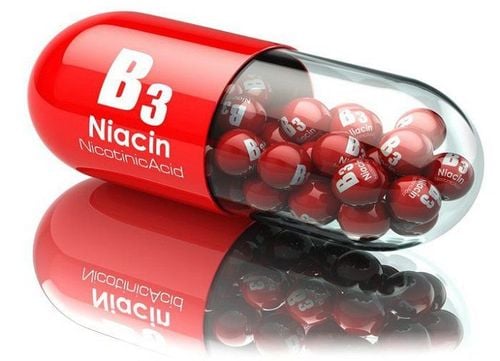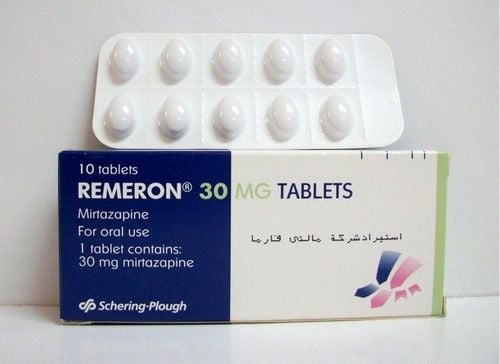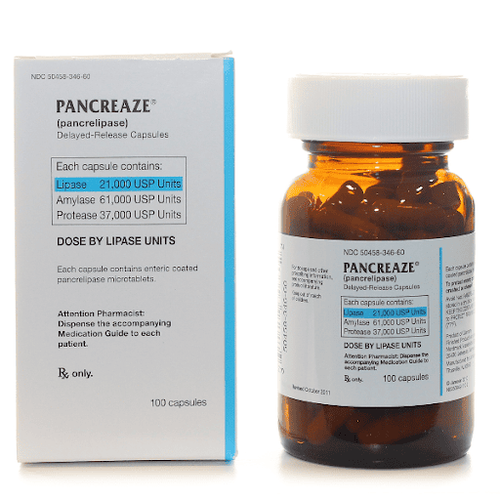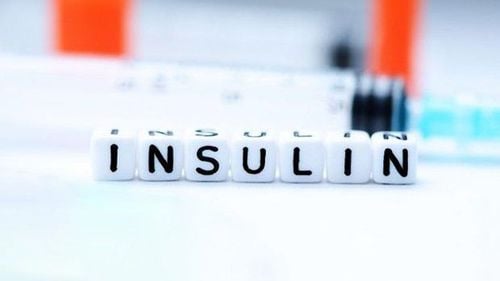This is an automatically translated article.
When it comes to choosing protein in your diet, quality is just as important as quantity itself. So how can we choose the right protein-rich foods for our daily activities?1. What is protein?
Protein in foods helps provide energy and supports your mood and cognitive function. This is an important nutrient needed to build, maintain, and repair tissues, cells, and organs throughout the body. While protein is in many of the foods we eat every day, for some it's all too common, it's often a misunderstood part of our diets.
When you eat protein, it's broken down into 20 amino acids which are the body's basic building blocks for growth and energy. The amino acid tryptophan affects mood by producing serotonin, which can reduce symptoms of depression and anxiety and improve overall cognitive function.
Most animal protein sources, such as: meat, poultry, fish, eggs and dairy, provide all the amino acids your body needs, while plant-based protein sources like: whole grains, Legumes, nuts or vegetables often lack one or more of the essential amino acids. However, that doesn't mean you have to eat animal products to get the right amino acids. By eating a variety of plant-based protein sources each day, you can ensure your body is getting all the essential amino acids it needs.
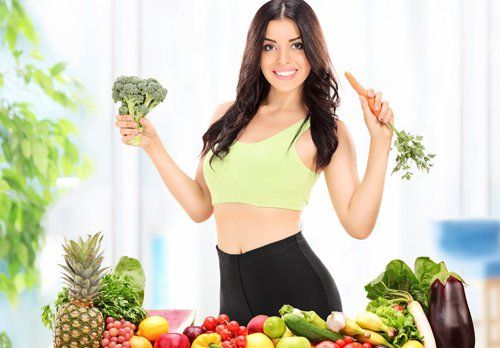
Để có một cơ thể khỏe mạnh cần bổ sung đủ và đúng lượng protein
2. 5 tips for choosing healthy protein-rich foods
2.1. Upgrade the protein on your plate
The Healthy Plate encourages you to eat protein-rich foods like beans, nuts, tofu, fish, chicken or eggs instead of less healthy options like meat red and processed meats.
For example, try a turkey or black bean burger instead of a traditional beef burger. Or you can cut up grilled chicken breast, fresh salmon for your sandwich instead of using processed lunch meat.
2.2. Don't stress too much about the amount of protein
Most sensible diets provide plenty of protein for healthy people. Eat a variety of healthy protein-rich foods: an egg for breakfast, some turkey, beans in a salad for lunch, and a piece of salmon or tofu with a whole-grain side dish for dinner. dark, will ensure that you get all the protein and protein building blocks (amino acids) you need. Choose foods with a higher protein content instead of expensive protein powders or powders, as some of these are high in sugar or other additives.
2.3. Try a meat-free day
Diets high in plant-based fats and proteins can have health benefits, so try mixing some vegetarian protein into your meals. Going meat-free can be good for your wallet as well as your health, as beans, nuts and other minimally processed vegetarian protein sources are often cheaper than meat. Eating vegetable protein instead of meat is also good for the body. It takes a lot of energy to raise and process animals for meat, so going meat-free could help reduce pollution and potentially reduce climate change.
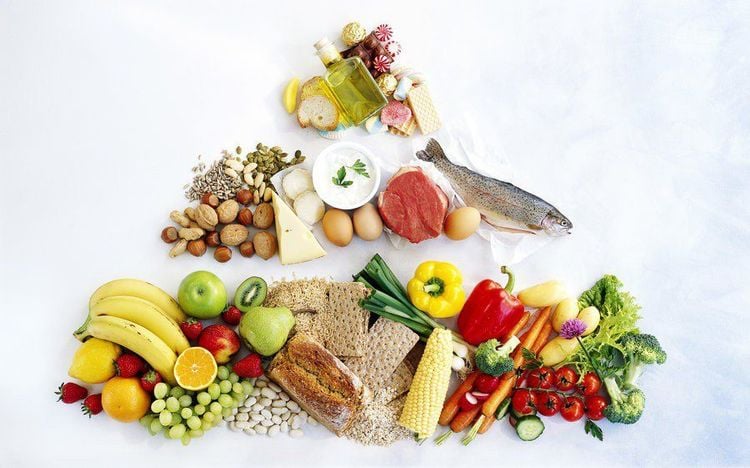
Nhóm thực phẩm giàu protein tốt cho sức khỏe
2.4. Eat soy in moderation
Tofu and other soy foods are a great red meat alternative. In some cultures, tofu and soy foods are the main sources of protein. But if you're immature, there's no reason to start eating soybeans in large quantities. It's best to stay away from supplements that contain protein or concentrated soy extracts, such as isoflavones, as we don't know their long-term effects.
2.5. Change the balance of carbs and protein
Cut carbohydrates from foods like cakes, pizza, cookies and chips and replace them with fish, beans, nuts, seeds, peas, meat chicken, low-fat milk, soy and processed tofu products. Increasing protein intake improves levels of triglycerides and protective high-density lipoprotein (HDL) in the blood, which in turn may reduce the risk of heart attack, stroke, or other types of cardiovascular disease. This change can also make you feel fuller for longer and suppress hunger.
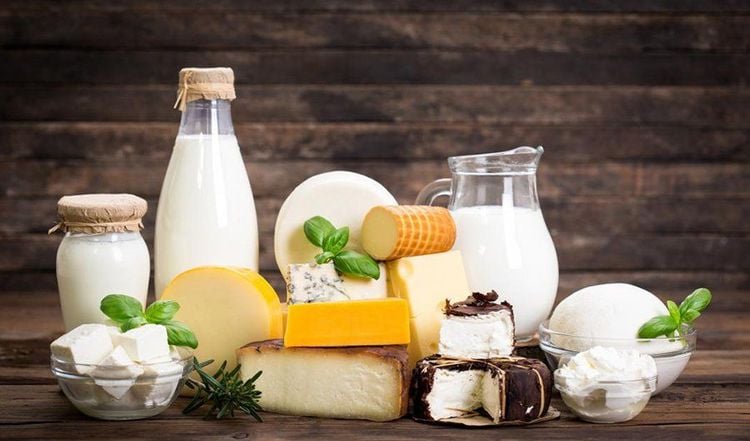
Những sản phẩm sữa tách béo, phô mai và sữa chua cung cấp rất nhiều protein lành mạnh
3. Protein-rich foods
3.1. Fish foods
Most seafood is high in protein and low in saturated fat. Fish such as salmon, trout, sardines, anchovies, sablefish (black cod) and herring are also high in omega-3 fatty acids. For that reason, experts recommend eating seafood at least twice a week.
3.2. Poultry-based foods
Removing the skin of chicken and turkey can substantially reduce saturated fat. In the United States, non-organic poultry may also contain antibiotics and are raised on pesticide-grown GMO feed, so choose organic and free-range poultry if possible.
3.3. Dairy products
Products like skim milk, cheese and yogurt provide lots of healthy protein. However, beware of the added sugars in low-fat yogurt and flavored milk.
3.4. Beans
Beans and peas are full of both protein and fiber. So you can add beans to salads, soups and stews for the best protein boost.
3.5. Nuts and seeds
In addition to being a rich source of protein, nuts and seeds are also high in fiber and “good” fats. Add to salads or come handy as a snack.
3.6. Tofu and soy products
Non-GMO tofu and soybeans are great red meat alternatives that are high in protein and low in fat. Try a “meat-free Monday,” plant-based protein sources are often less expensive than meat, so it can be as good for your wallet as it is for your health.
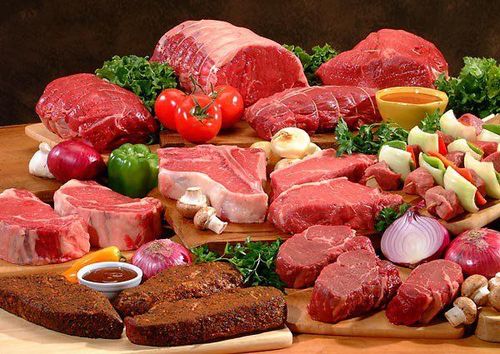
Thịt và cá đều là những nguồn thực phẩm chứa hàm lượng protein dồi dào
4. Health Benefits of Protein
Protein gives you the energy to get up and go. Although too much protein can be harmful for people with kidney disease, diabetes and a number of other diseases, eating the right amount of high-quality protein:
Keeps your immune system working properly, maintaining cardiovascular health, respiratory system and speed up recovery after exercise. Protein is important for children's growth and development and for maintaining health during the senior years. Helps reduce risk of diabetes and cardiovascular disease May help you think clearly and may improve recall. Improve your mood and strengthen your resistance to stress, anxiety and depression. Helps you maintain a healthy weight by curbing your appetite, making you feel fuller for longer, and giving you more energy to exercise. In addition to being needed to feel healthy and full of energy, protein is also important for your appearance. Eating high-quality protein can help you maintain healthy skin, nails, and hair, build muscle, and maintain lean body mass while dieting.
When we have a clear understanding of the role of protein in food and what are the foods rich in protein, we should balance to add an appropriate amount of food in our daily diet. If you have any difficulty in establishing a scientific diet, you can ask for the help of doctors at the Hospital of Vinmec International General Hospital.
Reference source: nutrition source




